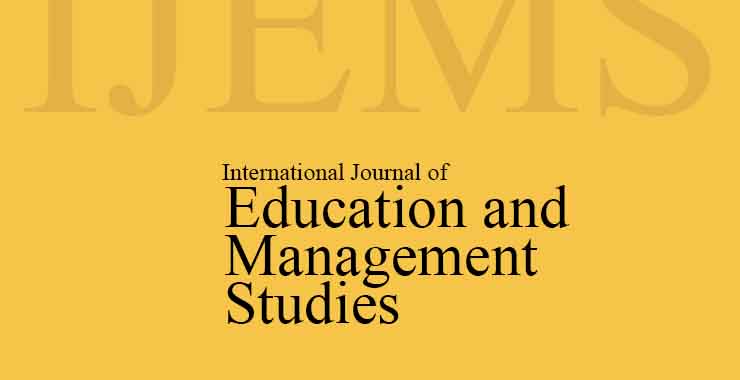Evaluating Livelihood Sustainability Through Human and Physical Capital Index
Original price was: ₹ 201.00.₹ 200.00Current price is: ₹ 200.00.
Page: 437-442
Renu, Kiran Singh, and Komal (Department of Resource Management and Consumer Science, I.C. College of Community Science, Chaudhary Charan Singh Haryana Agriculture University, Hisar, Haryana)
Description
Page: 437-442
Renu, Kiran Singh, and Komal (Department of Resource Management and Consumer Science, I.C. College of Community Science, Chaudhary Charan Singh Haryana Agriculture University, Hisar, Haryana)
This study evaluates the livelihood sustainability of farm women in Kaimri, Hisar, Haryana, using the DFID framework, focusing on personal profiles, and assessing human and physical capital indices. The socio-personal analysis revealed that most respondents are middle-aged (56.66%), married (100%), and live in nuclear families (70%). Economically, 60% earn up to Rs. 2,000 monthly, with 26.67% having annual family incomes between Rs. 4,00,000-5,50,000. Media usage is high, with all respondents owning Tvs and mobile phones, while 76.67% engage with social media. The human capital index highlights limited training exposure (10%) and low awareness of horticulture and agricultural schemes (weighted mean score: 1.4). Health facility accessibility is high, with all respondents living within 2 km of Primary Health Centres. Education levels of family heads are predominantly middle-level (50%), contributing to a modest human capital index score of 2.1. In terms of physical capital, all respondents own bicycles and motorcycles (100%) and live in pucca houses (100%). However, only 20% own tractors, resulting in a physical capital index score of 3.8. Household facilities are well-equipped, with LP Gas usage at 100% and an overall weighted mean score of 6.4 for household amenities. Significant correlations were observed between income, family type, and mass media exposure with livelihood indices. The study concludes that while basic amenities and health facilities are accessible, gaps in training, awareness, and resource availability hinder sustainable livelihood development.

